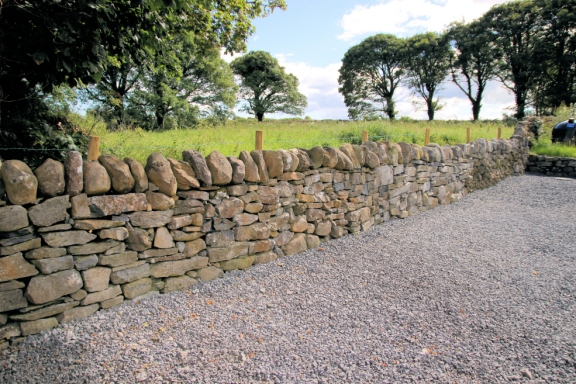Last Saturday I was out with SHG working on a hedge in a private garden near Lingfield. I say hedge but it was a very disjointed affair with many large gaps. Needless to say it rained on and off all day as seems to be the norm for most hedgelaying sessions this season. It looks thicker than it actually was because of the scrub Holly and Blackthorn that was out of the hedge-line and was later removed.
The shot below shows the cant that Fred and I worked on; part Hazel, part Blackthorn with some Hawthorn and a previously coppiced Holly in the center.
Looking the other way you get a view of the ditch and the bank riddled with rabbit holes. The hedge thinning to nothing beyond the culvert.
We removed all of the Holly except the main stem, where we raised the crown and left it as a standard. We laid back some of the Hazel and later double pleached a couple of stems to cover the gaps. Some of the Blackthorn was difficult as it had been debarked in the past by rabbits and had dead wood where you would like the pleach - that's the challenge of hedge laying for you.
At the end of the cant, and just before it made a right-angle turn, the old hedge petered out under a large Oak, however some replanting had been done recently, which with a bit of luck will thicken up despite the deep shade.
In the end we managed to make something presentable out of very little, and once it has a bit regrowth it should make a decent hedge.
This shot does not fully show, or do justice to, the nice smooth curve Fred got to the binders round the 90 degree turn in the hedge-line nearest the camera.
































